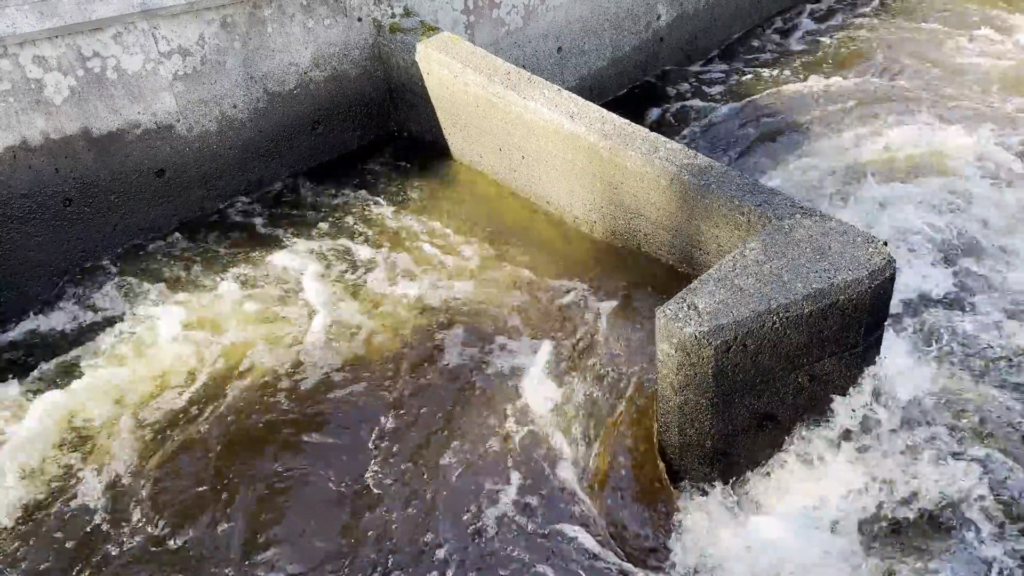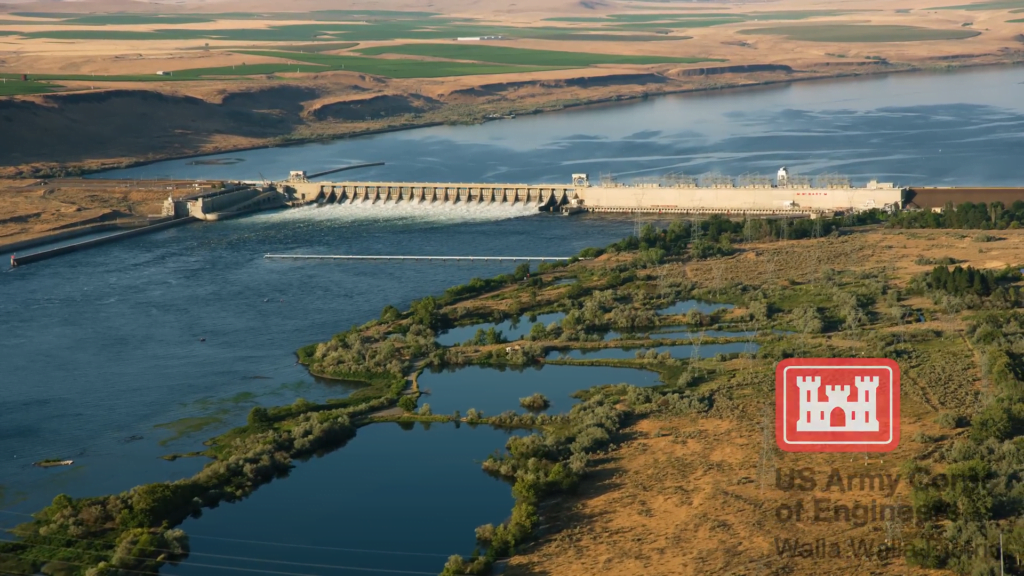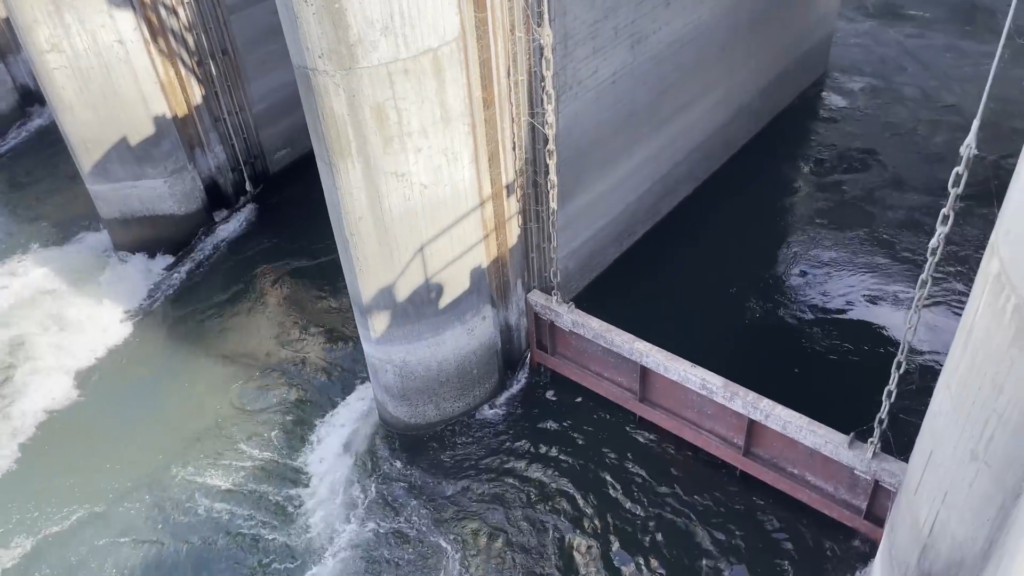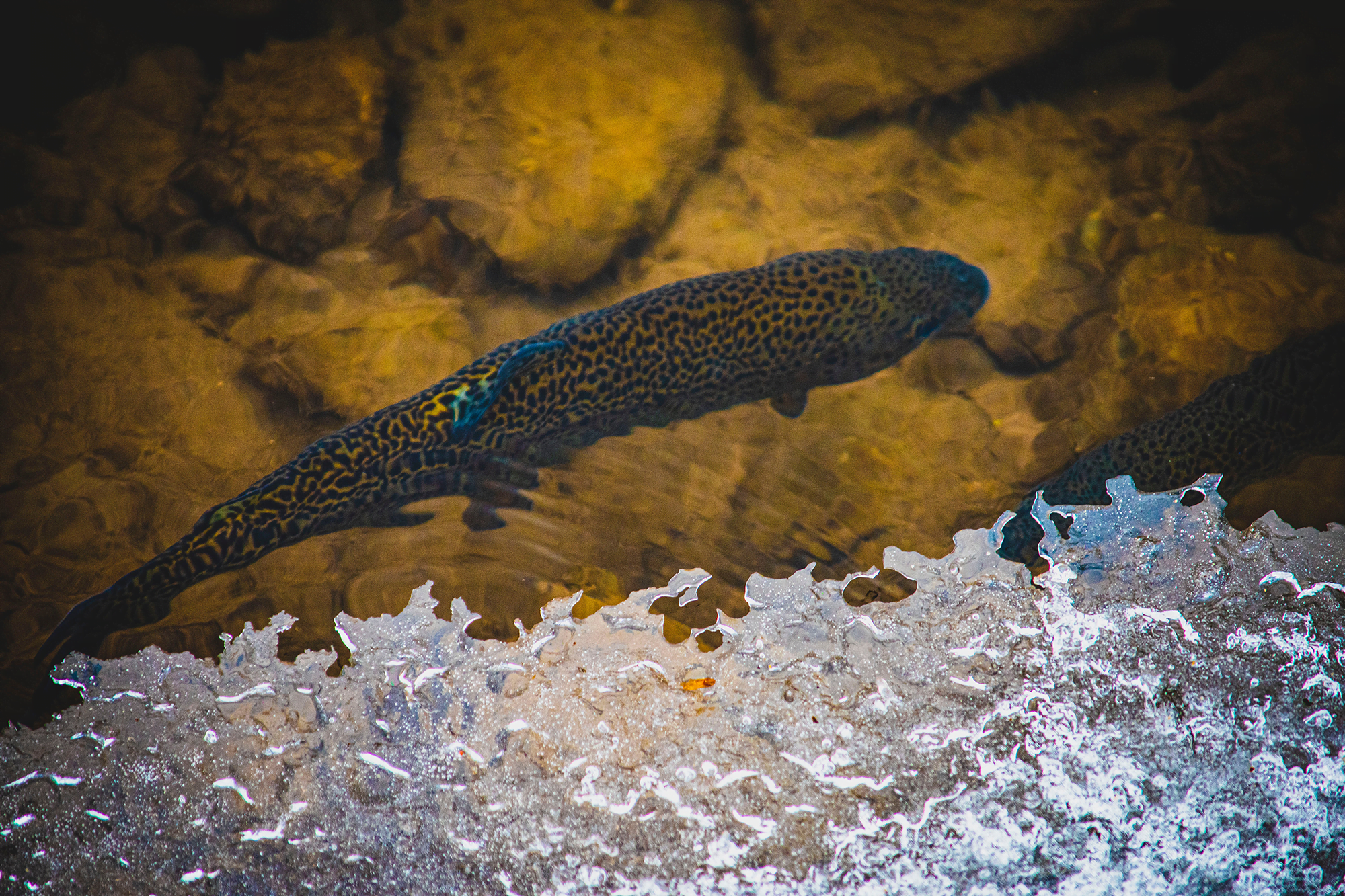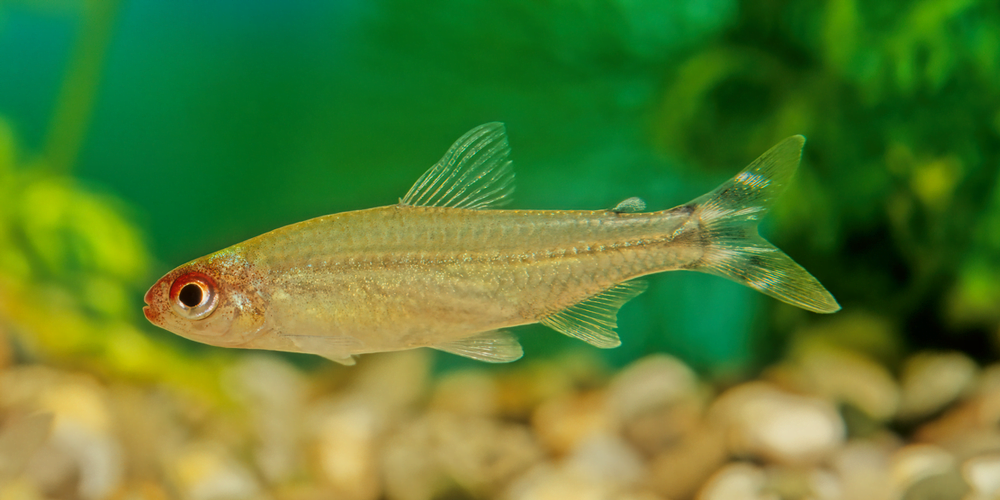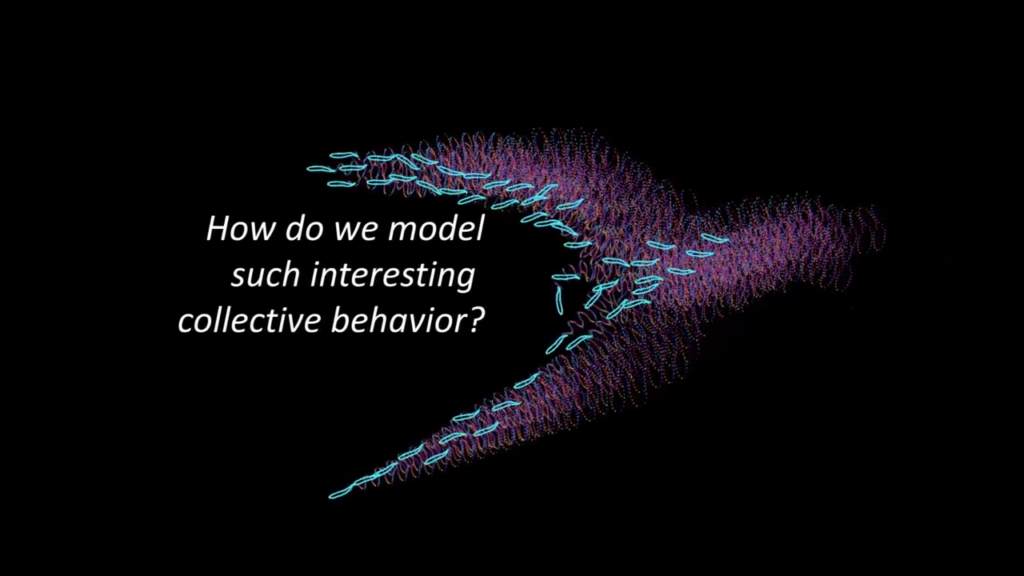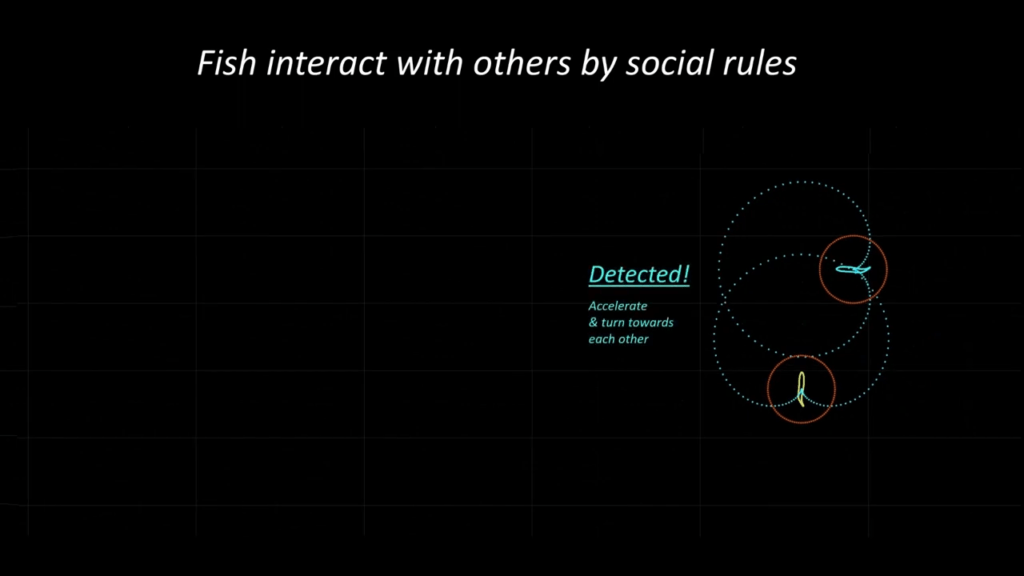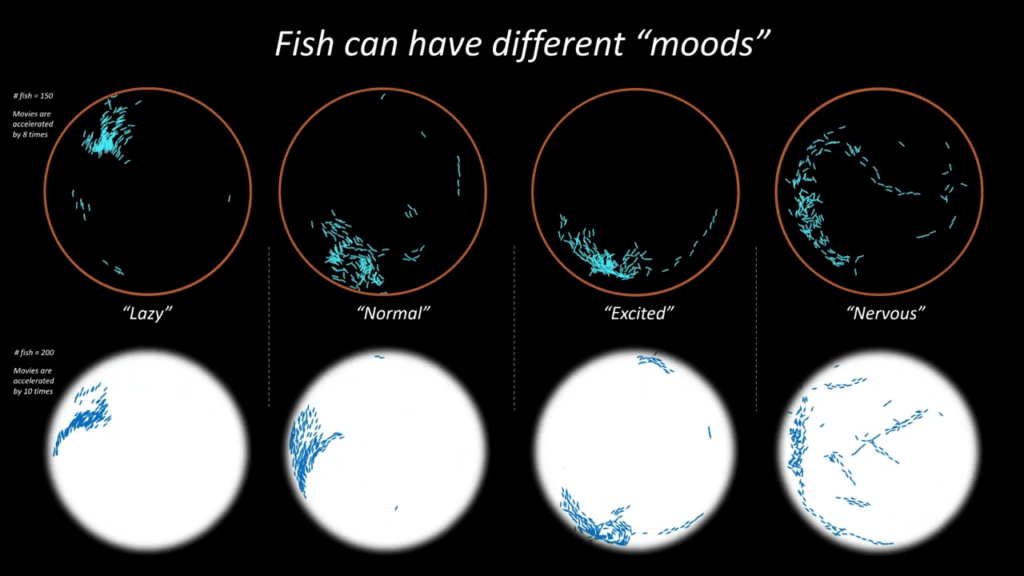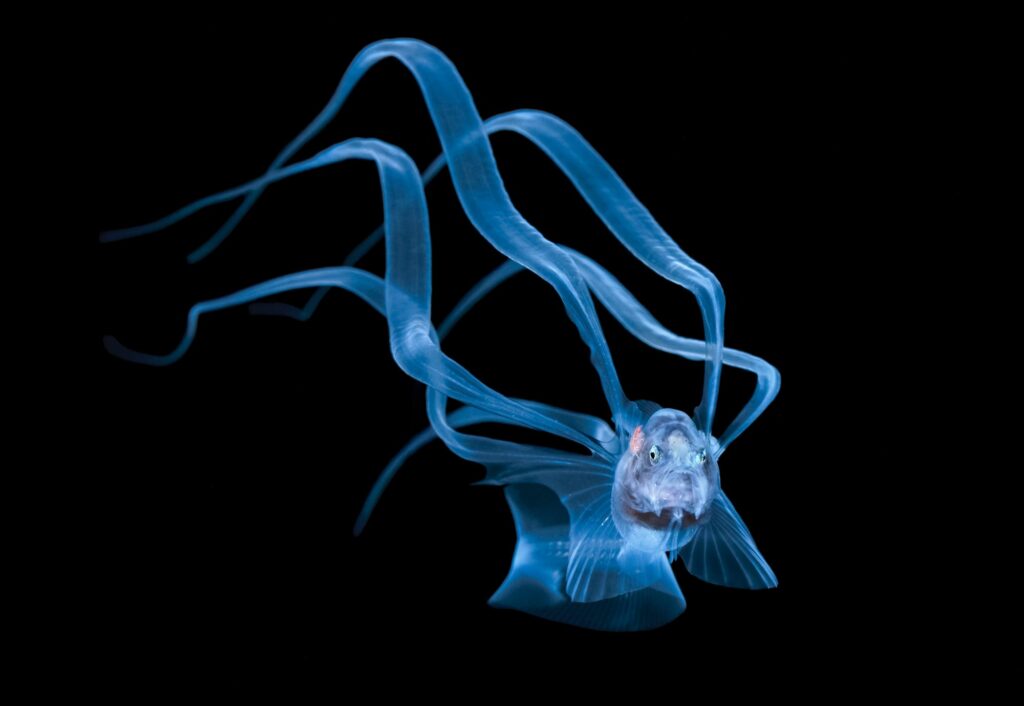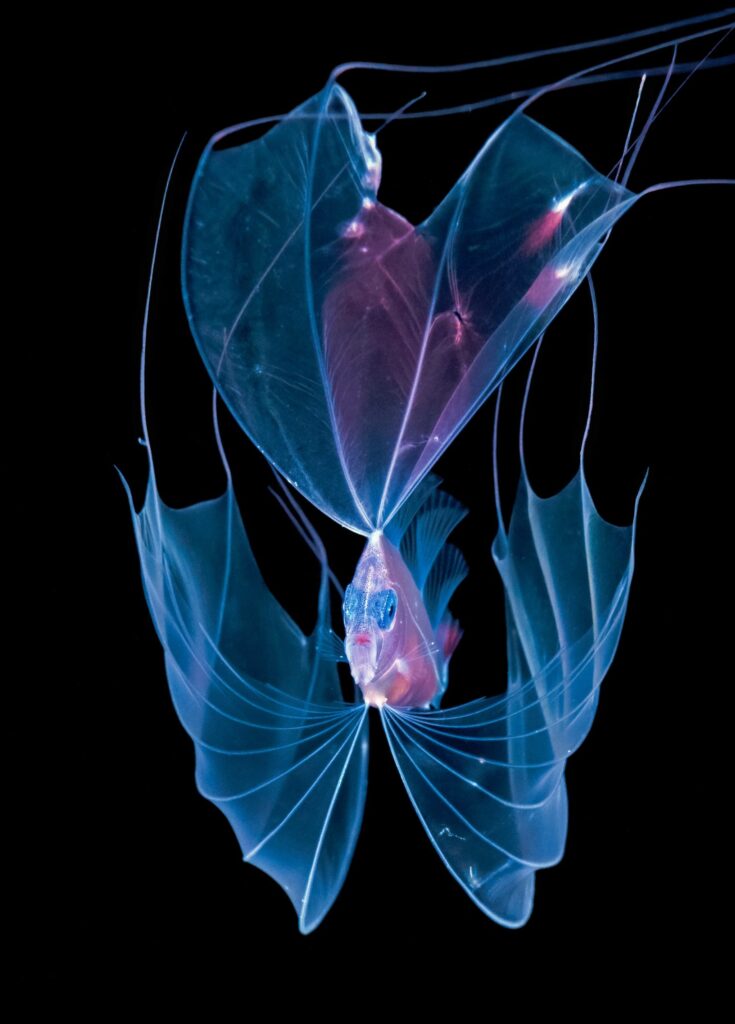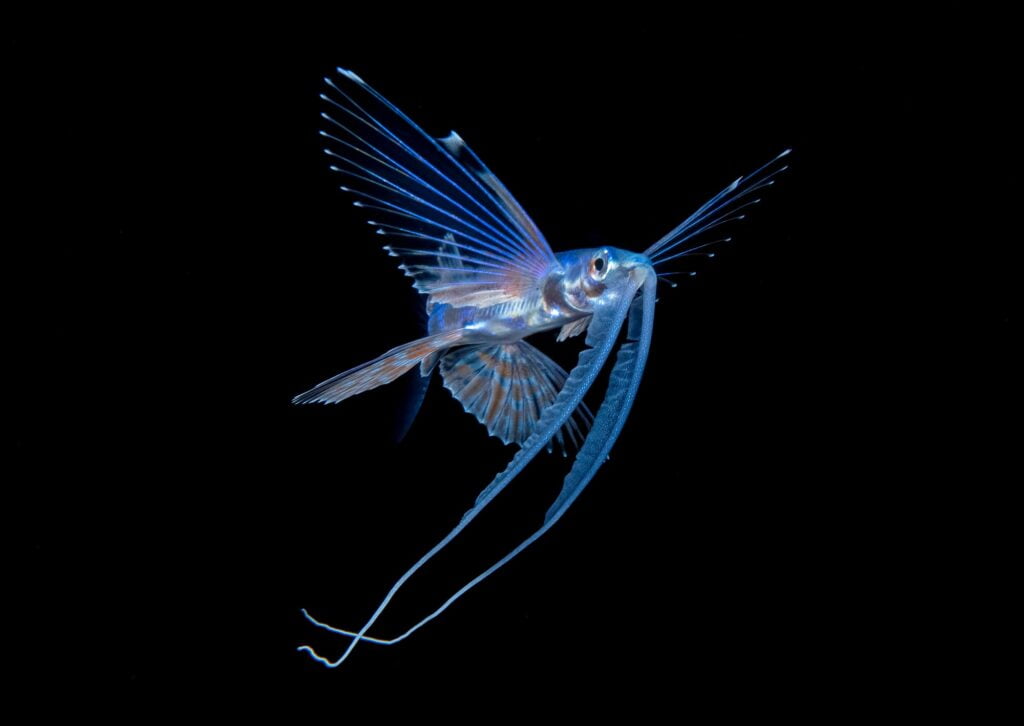A fish‘s mucus layer is critical; it protects from pathogens, reduces drag in the water, and, in some cases, protects against predators. But little is known about how mucus could affect terrestrial locomotion in species like the northern snakehead, which can breathe out of the water and move across land. So researchers explored the snakehead’s mucus layer by measuring the force required to drag them (and two other non-terrestrial species) across different surfaces.
The team tested the same, freshly euthanized fish twice: once with its mucus layer intact and again once the mucus was washed off. Unsurprisingly, the fish’s friction was much lower with its mucus. But they also found that the snakehead was slipperier than either the scaled carp or the scale-free catfish. The biologists suggest that the snakehead could have evolved a slipperier mucus to help it move more easily on land, thereby extending the distance it can cover.
As a fluid dynamicist, I think fish mucus sounds like a great new playground for the rheologists among us. (Image and research credit: F. Lopez-Chilel and N. Bressman; via PopSci)




